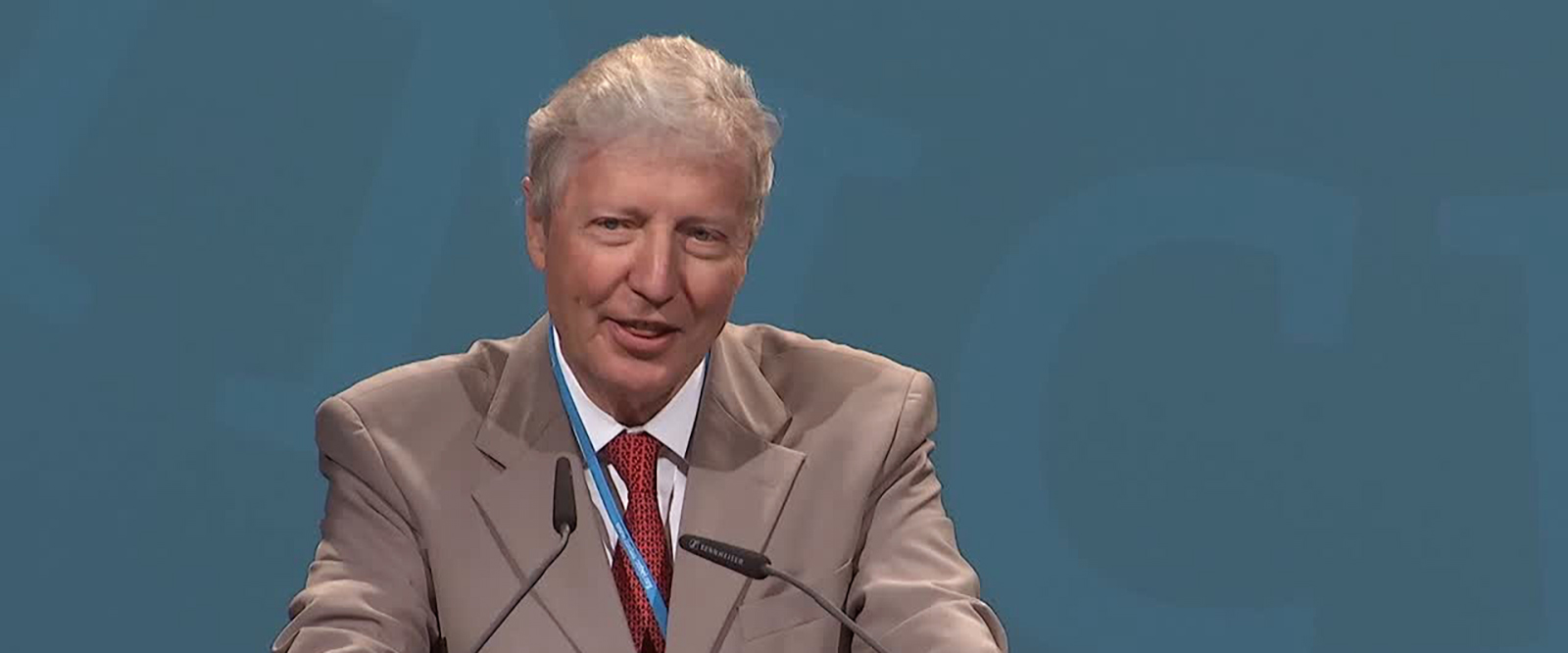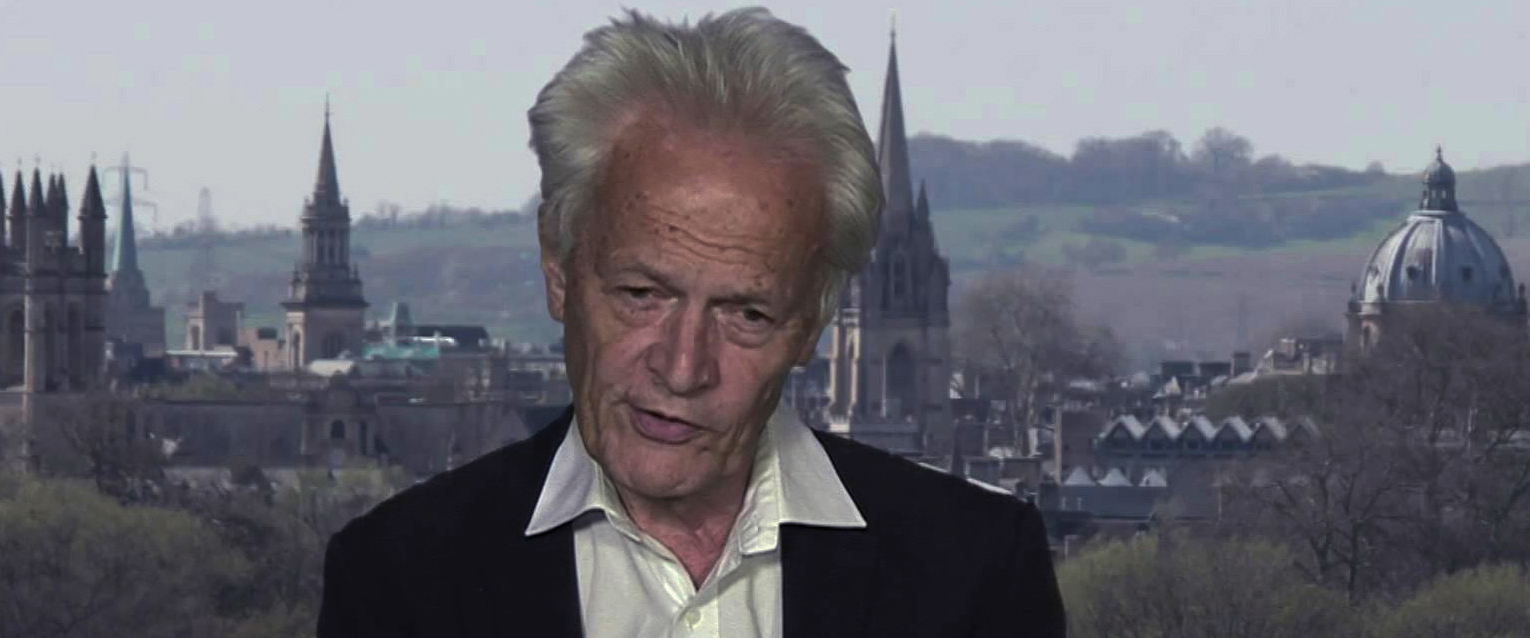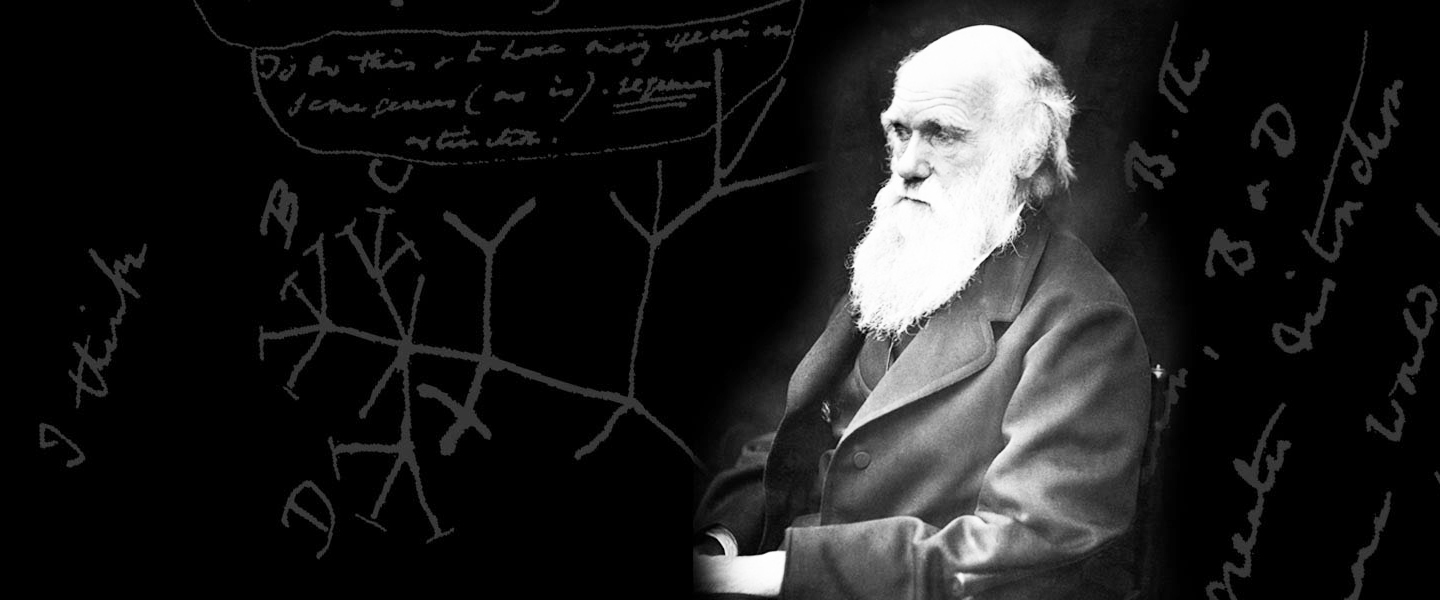Six postgraduates and post-doctoral fellows who studied in College during the academic year 2013/14 have requested confirmation of their College placements for 2013/14. They include two PhD students registered with the University of Pavia (D Molognoni and F Ruberto), a postgraduate research fellow (MC Renna), two postgraduate medical students (C Sgarlata and L Vecchia) and a post doctoral fellow (M Caricato) in Synthetic Chemistry (supervisor: Dario Pasini, Department of Chemistry).
Marco Caricato, post-doctoral fellow, Synthetic Chemistry
(supervisor: Dario Pasini, Department of Chemistry)
The objective of my research is the incorporation of BINOL-based molecular modules, acting as a “robust” source of chirality, into homochiral, shape-persistent macrocycles, in which self-recognizing units are present in the molecular backbone in order to assemble helical nanostructures. Constructing abiological helices might have potential applications in the area of chiral separation, asymmetric catalysis and electrooptic materials. The “one-pot” synthesis of several homochiral macrocycles has been achieved by using π-electron-rich, electron-deficient or extended aromatic dicarboxylic acids in combination with an axially-chiral dibenzylic alcohol, derived from enantiomerically-pure BINOL. Two series of cyclic adducts with average molecular D2 and D3 molecular symmetries, respectively, have been isolated in pure forms. Their yields and selectivities deviate substantially from statistical distributions. NMR and CD spectroscopic methods are efficient and functional in order to highlight the variability of shapes of the covalent macrocyclic frameworks. The larger D3 cyclic adducts exhibit recognition properties towards C60 in toluene solutions (up to log Ka = 3.2) with variable stoichiometries and variable intensities of the charge-tranfer band upon complexation.
Homochiral BINOL-based macrocycles with p-electron-rich, electron-withdrawing or extended spacing units as receptors for C60, M. Caricato, S Díez González, I. Arandia Ariño, D. Pasini, Beilstein J. Org. Chem., 2014, 10, 1308-1316.
Juma R Mwaswere, CICOPS Fellow,
(supervisor: Marisa Arpesella, Department of Public Health)
I was privileged to visit the University of Pavia from Pwani University under CICOPS scholarship on an exchange programme. The Pwani University in Kenya is a young university that received its university status in January, 2013 having been a university college of Kenyatta University since July 2007. As a young institution, Pwani University endeavors to build its staff and collaboration with renowned institutions worldwide. Therefore the CICOPS scholarship that enabled this visit came in handy for me. The exchange program was for a period of two months and in this period my objectives were to work with the teaching staff in the school of Nursing and learn how they run the program, to visit the hospital department to experience how the theoretical teaching is being integrated at clinical areas, participate in activities within the host departments including research. During this period I visited the Department of Human Anatomy under Prof. Gaeta who took me through an elaborate tour of the Anatomy laboratory. I was also given an overview of how the medical and nursing students get to learn in the anatomy laboratory.
At the school of Nursing under Dr. Barbara Bascape, I was taken through the nursing program which was also one of the core objectives for me. I was able to observe a class learning sessions. I also visited the Hospital di Pavia where I had quite an exposure in the clinical teaching and the students’ clinical attachments in the hospital. While in Hospital I got the privilege to be taken to other various departments mainly the radiology, physiotherapy and pharmacy where I got a lot of insights into the running of the hospital coupled with the teaching of students. At the department of public health, experimental medicine and forensic science, under Prof. Marisa Arpesella I observed and got involved in the enormous research activities. In particular was involved in the assessment of physical activities among diabetes/obese individuals at Villa Esperezia hospital in comparison to normal weight individuals at the institute. I also got to participate in a National Sport scientific congress in which the department had organized. In the short period I have been, it is obvious that smoking is high with many people. I therefore undertook to carry out a project on the smoking habits specifically on nursing students and its impacts on their role as health ambassadors to the community. The survey intends to assess how smoking habits of the students shall impact on their role in health promotion activities related to tobacco smoking. At the Collegio A. Volta, it was very interesting especially after the inception of Volta International group and its inaugural activity of international dinner. With this I felt part of the Volta society in real sense. I am proud to be among the founding members of this group. I will remain part of this Collegio A.Volta as an alumni.
Daniele Molognoni, PhD student, Engineering
(supervisor: Xxxxx Yyyyyyy, Department of Engineering)
Prior to my current PhD, I obtained an MSc in Environmental Engineering at the University of Pavia In October 2011 with a thesis on “Measurement of the impact force of debris flows on scaled models of defense works”. From November 2011 I am a PhD student in Engineering at the Department of Engineering of the University of Pavia and my research focuses on Bioelectrochemical Systems (BESs) for resources recovery from polluted water/air. In essence I research on Microbial Fuel Cells (MFCs) for the direct recovery of electrical energy from wastewaters (Capodaglio et al., 2013c). A Microbial Fuel Cell is a device capable of directly converting the chemical energy contained into a generic fuel in electricity, through the mediation of exoelectrogenic bacteria. These bacteria act as catalyzers of one or both the reactions of fuel oxidation and oxidant reduction. When wastewater is used as fuel, MFCs perform wastewater treatment while recovering energy, thus leading to the possibility of energy-producing wastewater treatment plants (Capodaglio et al., 2013a, 2013b). For this reason, MFCs are considered to be an environmental friendly technology. The main drawbacks that delay their industrialization include the low current and power achievable and the long time needed for exoelectrogenic bacteria growth. Control tools as Maximum Power Point Tracking (MPPT) are under study in order to enhance MFCs electrical performances (Molognoni et al., 2014). Our experimental work demonstrated that MFCs are feasible for synthetic and urban wastewater treatment.
Capodaglio, A.G., Molognoni, D., Callegari, A., 2013a. Experimental MFC Application to Synthetic & Urban WasteWater Treatment, in: 1st AP-ISMET Meeting. Harbin, China.
Capodaglio, A.G., Molognoni, D., Callegari, A., 2013b. Long-term Monitoring of a Laboratory Scale MFC Treating Synthetic and Urban Wastewater, in: 5th World Hydrogen Technologies Convention. Shanghai, China.
Capodaglio, A.G., Molognoni, D., Dallago, E., Liberale, A., Cella, R., Longoni, P., Pantaleoni, L., 2013c. Microbial Fuel Cells for Direct Electrical Energy Recovery from Urban WasteWaters. Sci. World J.
Molognoni, D., Puig, S., Balaguer, M.D., Liberale, A., Capodaglio, A.G., Callegari, A., Colprim, J., 2014. Reducing start-up time and minimizing energy losses of Microbial Fuel Cells using Maximum Power Point Tracking strategy. Accepted for publication on J. Power Sources.
Maria C Renna, Postgraduate Research Fellow, Leukaemias
(supervisor: Mario Cazzola, Department of Molecular Medicine)
From the beginning of June I started a research grant titled “Identification of new therapeutic targets in chronic myeloproliferative neoplasms through an integrated biomolecular approach” at the Hematology Department of Policlinico San Matteo in Pavia (Prof. Mario Cazzola). Here my work consist in the study of the molecular basis of the myelodysplastic and myeloproliferative disorders for the development of new diagnostic and therapeutic strategies. The studies are conducted in collaboration with the Oxford Molecular Haematology Unit (Prof. Jacqueline Boulwood) , the Karolinska University Hospital in Stockholm and the Heinrich-Heine University in Duesseldorf. In particular now we’re studying the Jak2 gene mutations which plays a major role in the pathogenetic mechanism of these disorders. According to the World Health Organization (WHO) classification of tumors of hematopoietic and lymphoid tissues, myelodysplastic/myeloproliferative neoplasms are clonal myeloid neoplasms that have some clinical, laboratory, morphologic findings that support a diagnosis of myelodysplastic syndrome, and other findings that are more consistent with myeloproliferative neoplasms. These disorders include chronic myelomonocytic leukemia, atypical chronic myeloid leukemia (BCR-ABL1 negative), juvenile myelomonocytic leukemia, and myelodysplastic/ myeloproliferative neoplasms, unclassifiable. In 2005 by studying loss of heterozygosity (LOH) of chromosomes 9p our research group found that most patients with MPN carry the JAK2 (V617F) mutation. This somatic gain-of- function mutation provides a proliferative advantage leading to clonal proliferation of hematopoietic cells. Our research actually focus on myelodysplastic/ myeloproliferative neoplasms of adulthood, and in particular on chronic myelomonocytic leukemia. We are current studying familial MPN and by using high resolution SNP microarrays we are analyzing the genomic aberration that underlie leukemic transformation. Finally we are participating in clinical trials on the use of JAK2 inhibitors for treatment of patients with MPN. Recent studies have partly clarified the molecular basis of MPN, laying the groundwork for the development of molecular diagnostic and prognostic tools. We hope to make advances in understanding of the molecular basis of these dirorders to translate these into novel therapeutics.
Francesco Ruberto, PhD student in Economics and Management of Innovation (DREAMT)
(supervisor: Roberto Fontana, Department of Economics)
The next digital revolution, according to MIT’ s Neil Gershenfeld (Gershenfeld, 2005), is in the field of manufactured physical goods (personal fabrication). Gershenfeld and his colleagues have created so-called Fab Labs around the world: fabrication laboratories, equipped with digital fabrication machines (e.g. laser cutter, 3D router). Citizen inventors and tinkerers can use the Fab Lab for free or for a nominal fee to produce two-and three-dimensional parts that once could be achieved only using equipment costing hundreds of thousands of Euros. Fab Lab users share their ideas, designs and manufacturing experience with each other and with their counterparts at other Fab Labs around the world through web tools and videoconferencing. In particular, Fab Lab aims to empower entrepreneurs and artisans, and small- and-medium-sized enterprises (SMEs) to develop technological solutions as a means of solving local problems. Indeed, in the fast-changing and increasingly competitive global market, SMEs exert a strong influence on the economies of many countries through their ability to innovate new products and processes, have been the engine of economic growth and technological progress (Bruque and Moyano, 2007).
In my work, I focus on Italian SMEs. The SME sector in Italy was hit hard by the global recession of 2008-09. It experienced a brief period of recovery afterwards, but it lost momentum in 2012. The predominance of micro-enterprises in Italy is likely to affect significantly the rate of growth of the Italian SME sector. This is particularly so for knowledge intensive services and high-tech manufacturing sectors, where Italian SMEs of all sizes are below the EU average, especially in terms of added value. Considering all these facts, in my work, I review the conceptual arguments for the belief that Fab Labs may have a role to play in the Italian SMEs ecosystem. In fact, I investigate how SMEs look at Fab Labs for developing their own products, reduce the time-to-market for a sustainable competitive advantage and the role of Fab Labs as key drivers for Italian SMEs to feel the gap both with their European counterparts and large companies. Further, I expect that concentrations of SMEs in certain regions, clustered around one or more Fab Lab, can be effective locations for accelerating this process. Fab Labs can play a critical role in the Italian SMEs landscape because they can allow an easy access to knowledge, R&D and access to means and methods of production are not any more reserved to a small in-group of large firms but are available for every SME. Not previous researches have been carried out about this topic, the literature regarding Fab Labs is still scares. Thus, the positive point of this study is that the research is new and novel.
Carmelo Sgarlata, Postgraduate Medical Student. Diseases of the elderly
(supervisor: Sebastiano Bruno Solerte, Department of Internal Medicine)
This year has been for me a very constructive in terms of professional and cultural fields. My professional activity took place mainly in departments of Geriatrics and Geriatric Rehabilitation where I got to know and work with people who are extremely professional thanks to which I could expand my clinical experience and improve the way I work. In addition, many more positive experiences have enriched my education. For example, having taken the course of internal medicine at the School of Ultrasound Ultrasound SIUMB of Pavia after which I was able to learn this wonderful technique and obtain a diploma in ultrasound technology now essential in my profession. From the scientific point of view I have taken great satisfaction from having participated as a speaker at the Regional Congress FADOI Young Lombardia (June 13 c / o Doria Grand Hotel, Milan) gave a talk entitled "You were not made to live with pain: the 'clinical approach to non-cancer pain, the legislation therapy "organized by FADOI Lombardy, and after having held another report to Congress titled" Experience the future in the management of skin lesions "held June 21, 2014 at the IDR Santa Margherita di Pavia. My report in this case had as its subject the system of metalloproteinases and its role in the process of tissue healing and has been for me a source of great satisfaction having had the opportunity to discuss my studies in the context of a high level along with some of top experts in the field such as Prof A Giannetti and Dr M Rollo.
Also some of my research in particular on the issue of pain management, the management of the phenomenon of falling in the elderly and dementia have been, to my great satisfaction, accepted and published in leading industry magazines, and some of them have already been presented Congress of the Italian Society and the European Society of Geriatrics. Great satisfaction are then joined by the cultural activities organized at the College as secretary of the Medical Society Volta: among them a series of lectures of the series "Ethics and Medicine" that has tackled in many facets of the relationship between ethics and some medical issues -scientifici of great importance and relevance, through the organization of specific seminars by international experts in their respective fields to whom I extend my sincere thanks for bringing their experiences at our college. I also had the good fortune to be able to contribute to the organization of the seminar held at the beautiful College Vault by Professor Alberto Giannetti which had as its subject the possible therapeutic applications of epidermal stem cells and then the Seminar by Dr. Giovanni Maga titled "AIDS : the Irresistible. How HIV causes AIDS and how AIDS can avail heal, "that has faced so brilliant a very topical. In conclusion, I can only describe the positive balance of this year and I can not thank all the people who in any way have contributed to enrich myself professionally and culturally.
Luca Vecchia, Postgraduate Medical Student. Clinical Pathology
(supervisor: Claudia Scotti, Department of Molecular Medicine)
As a postgraduate student in Clinical Pathology, I’ve worked on several laboratory projects the latest of which is the development of monoclonal antibodies against molecules and receptors involved in cell migration and polarity, in order to use them as therapeutic tools against different kinds of cancer. This project has involved the use of different prokariotic and eukariotic expression system to produce antigens in a recombinant form useful for the immunization of mice and for production of antibodies by the somatic cell fusion technique, as well as the use of several molecular biology techniques.











